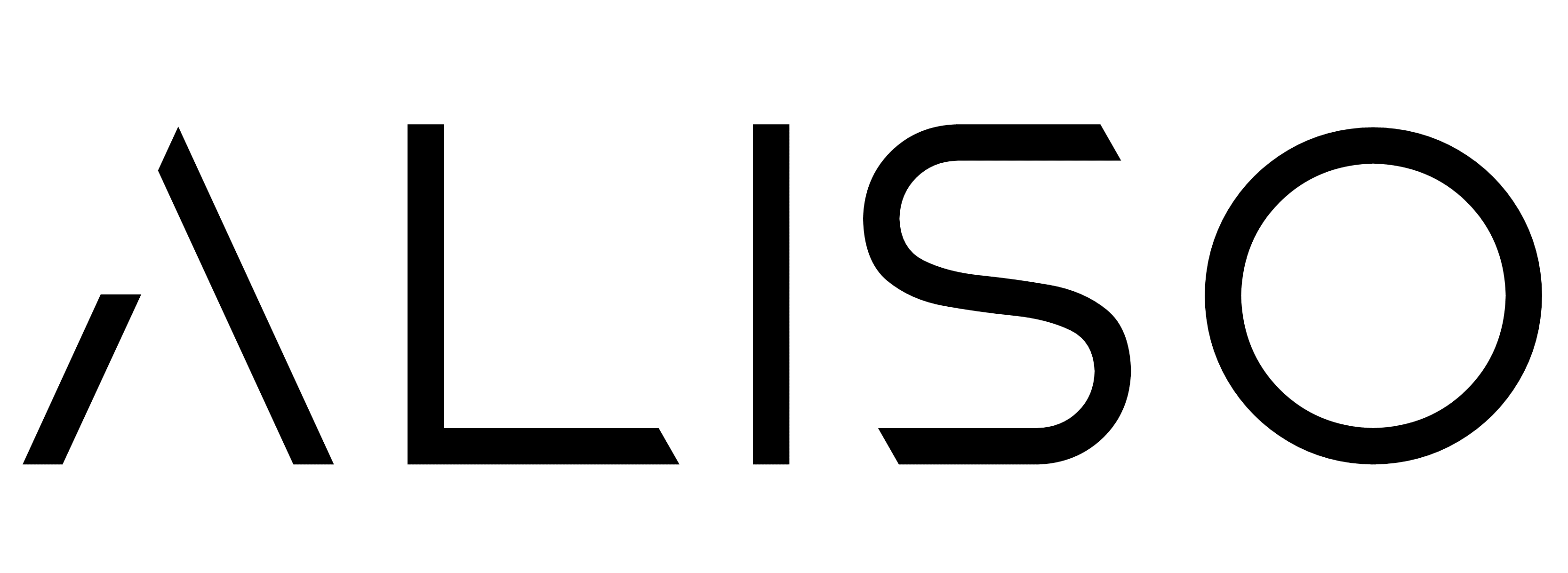Technical writing is often thought of as dry and word-heavy. Most people imagine endless pages of plain text with little to no thought given to how it looks. But here’s the thing—people are visual.
We process images faster than words, and the way a document looks plays a big role in how engaging and effective it is.
This is where graphic design skills come in.
As a technical writer, knowing how to make documents look clean, professional, and branded can set your work apart.
It’s not just about making something pretty.
It’s about making the content easier to read, more visually appealing, and aligned with the organisation’s identity.
Good document design improves readability, increases user engagement, and ensures brand consistency.
Why Visuals Matter in Documentation
Most people don’t want to read a wall of text, no matter how important the content is.
Well-designed documents help break up information, guide the reader, and make the content easier to follow.
Think about it—would you rather read a plain 10-page guide or one with clear headings, icons, and diagrams?
When documents are visually organised, readers find what they need faster and retain the information better.
Adding visual elements like charts, flowcharts, or infographics makes the content more engaging.
It’s about helping people understand, not just telling them what to do.
Well-structured technical documents improve user experience and reduce the time spent searching for critical information.
Building Brand Consistency in Documentation
Graphic design skills help ensure documents match the organisation’s branding.
Using the right colours, fonts, and logo placements makes your documentation look cohesive and professional.
This is important for external documents like client-facing reports, training manuals, and user guides.
Even internal documents benefit from a polished look—it gives the impression of professionalism and attention to detail.
Brand consistency builds trust and reinforces the organisation’s identity.
Technical writers who understand graphic design can ensure their work aligns with corporate visual standards.
Consistent branding in documentation strengthens credibility and enhances recognition.
Making Information More Accessible
Good design isn’t just about aesthetics.
It’s about accessibility.
Using the right font sizes, spacing, and colours makes content readable for everyone, including those with visual impairments.
Clear visuals also help people process complex information faster.
For example, a flowchart explaining a process is often easier to understand than paragraphs of written instructions.
Knowing how to design these visuals and place them strategically in your document makes a huge difference.
Accessible design ensures inclusivity and enhances the usability of technical documents.
Standing Out as a Technical Writer
Most technical writers focus solely on the words.
But adding graphic design skills to your toolkit can set you apart.
It shows you’re thinking about the end-user experience, not just the content.
By creating visually appealing and branded documents, you make a stronger impact.
It also makes your work more memorable.
Well-designed documentation sticks in people’s minds and reflects positively on your skills and the organisation you’re representing.
Technical writers with design skills increase engagement and improve the effectiveness of their content.
Takeaway
Graphic design skills are essential for technical writers who want their work to stand out.
It’s not about replacing words with pictures.
It’s about creating documents that are visually appealing, easy to navigate, and aligned with the organisation’s branding.
When you combine strong writing with good design, you create content that people actually want to read and use.
At the end of the day, it’s about helping people understand information and making sure your work leaves a lasting impression.
Visually optimised documents improve engagement, enhance brand consistency, and boost user comprehension.






